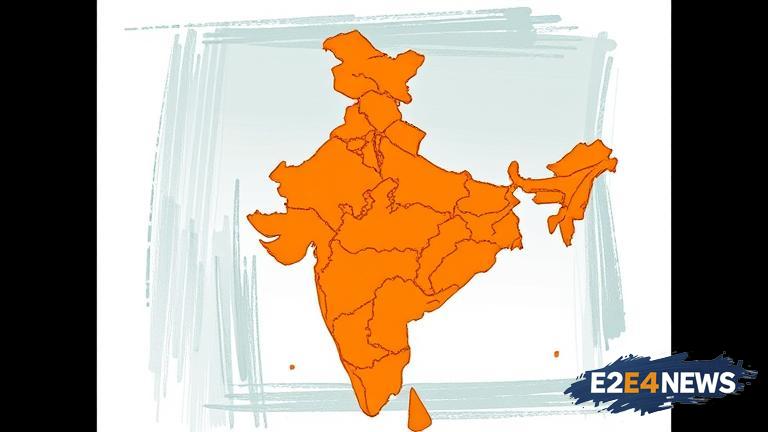India, being one of the fastest-growing major economies, has been witnessing significant transformations in recent years. The country’s economic landscape is characterized by a mix of opportunities and challenges. On the one hand, India has made tremendous progress in terms of economic growth, with the GDP growth rate averaging around 7% in the last few years. This growth has been driven by a combination of factors, including a large and growing consumer market, a rapidly expanding middle class, and significant investments in infrastructure development. However, despite these positive trends, India still faces several challenges, including a high fiscal deficit, a large current account deficit, and a sluggish pace of economic reforms. The country’s economic growth has also been accompanied by rising income inequality, with the rich getting richer and the poor struggling to make ends meet. Furthermore, India’s economic development has been hindered by a number of structural issues, including a complex and often corrupt bureaucracy, a lack of adequate infrastructure, and a shortage of skilled workers. In addition, the country’s economy has been affected by global trends, including the ongoing trade tensions between the US and China, and the impact of the COVID-19 pandemic. Despite these challenges, India has the potential to become a major economic powerhouse in the coming years, driven by its large and growing population, its rapidly expanding digital economy, and its strategic location at the crossroads of Asia. The government has also been taking steps to promote economic growth, including the implementation of policies such as the Goods and Services Tax (GST) and the Make in India initiative. However, more needs to be done to address the country’s structural issues and to promote sustainable and inclusive economic growth. The Indian economy is also expected to be driven by the growth of key sectors such as IT, pharmaceuticals, and renewable energy. The country’s startup ecosystem has also been growing rapidly, with many Indian startups achieving significant success and attracting large amounts of investment from venture capital firms. In terms of economic indicators, India’s inflation rate has been relatively stable in recent years, averaging around 4-5%. The country’s unemployment rate has also been a concern, with many young Indians struggling to find employment. The government has been taking steps to address this issue, including the implementation of policies such as the Skill India initiative. Overall, India’s economic landscape is complex and multifaceted, with both opportunities and challenges. While the country has made significant progress in recent years, more needs to be done to promote sustainable and inclusive economic growth. The government, the private sector, and civil society all have a role to play in addressing the country’s structural issues and promoting economic development. With the right policies and investments, India has the potential to become a major economic powerhouse in the coming years. The country’s economic growth is also expected to have a positive impact on the region, with India playing a key role in promoting economic development and cooperation in South Asia. In conclusion, India’s economic landscape is characterized by a mix of opportunities and challenges, and the country has the potential to become a major economic powerhouse in the coming years. The government and the private sector need to work together to address the country’s structural issues and promote sustainable and inclusive economic growth. India’s economic development is also expected to have a positive impact on the region, and the country is likely to play a key role in promoting economic development and cooperation in South Asia. The country’s economic growth is driven by a combination of factors, including a large and growing consumer market, a rapidly expanding middle class, and significant investments in infrastructure development. India’s economic landscape is complex and multifaceted, and the country has the potential to become a major economic powerhouse in the coming years. The government has been taking steps to promote economic growth, including the implementation of policies such as the Goods and Services Tax (GST) and the Make in India initiative. The country’s startup ecosystem has also been growing rapidly, with many Indian startups achieving significant success and attracting large amounts of investment from venture capital firms. India’s economic development is also expected to be driven by the growth of key sectors such as IT, pharmaceuticals, and renewable energy. The country’s economic growth is expected to have a positive impact on the region, with India playing a key role in promoting economic development and cooperation in South Asia. The government, the private sector, and civil society all have a role to play in addressing the country’s structural issues and promoting economic development. With the right policies and investments, India has the potential to become a major economic powerhouse in the coming years.





